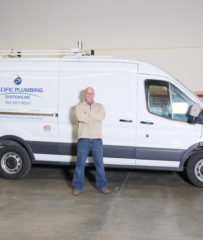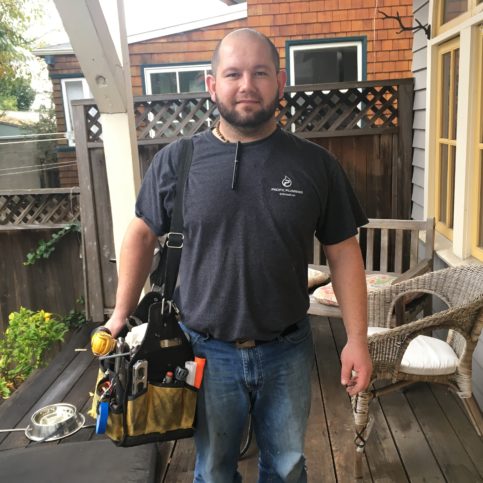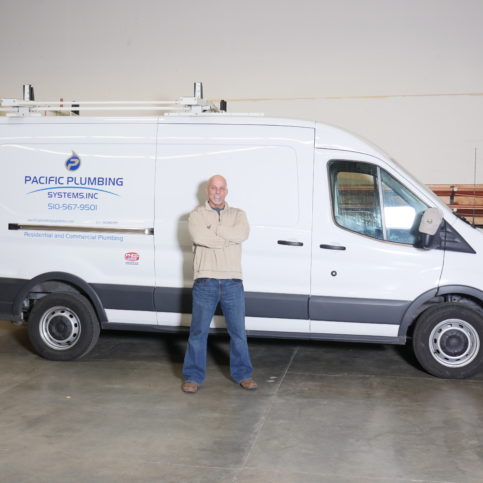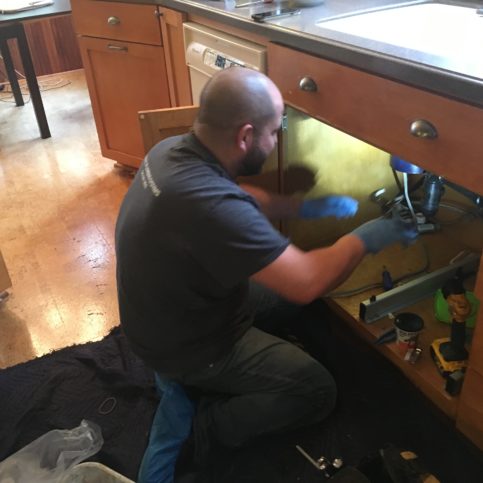Take simple steps to extend the life of your tankless water heater. As homeowner interest in cost-efficient, environmentally-friendly appliances continues to grow, so too does the appeal of tankless water heaters. Since they only heat water when it’s being used, tankless water heaters are able to provide an endless supply of hot water without being limited by the size of a storage tank, which makes them more cost-effective and lessens their impact on the environment. However, even though they have numerous positive attributes, it’s still important to carefully consider your specific living situation before committing to an installation.
“Tankless water heaters are very popular right now because they save space and money, but they’re definitely more initially expensive than conventional water heaters,” says Ron Beesley, owner of Pacific Plumbing Systems in San Leandro. “The equipment costs about 70 percent more, which is a bit of an investment, but the system will last five to 10 years longer and save you significant amounts of money on your water bill.”
Most tankless water heaters are relatively maintenance-free, but there are still numerous steps you can take to ensure your system operates as efficiently as possible. Consider the following preventive maintenance tips:
Improve the quality of tap water in your home. This can be accomplished by using a water softener, which ensures your tubes and pipes won’t get clogged as frequently by mineral deposits and other build-ups.
Schedule weekly or monthly inspections. By pinpointing parts that need to be replaced before they malfunction, you can further optimize the benefits of your tankless water heater. A professional can also fix discrepancies regarding the temperature and frequency of the heated water that comes from your tap.
Get the right replacement parts. Having the exact type and model of a part will make installation much easier and help your tankless water heater function as efficiently as possible.
Insulate your pipes. In addition to reducing heat loss as hot water flows to your faucet, this will reduce standby heat loss when the tap is turned off and back on later. The water in the pipes will eventually cool either way, but if the pipes are insulated, the water will stay warmer for much longer.
Make sure your system is the right size. “Your tankless water heater has to be sized specifically for your house, and that’s because of the gas system,” explains Mr. Beesley. “Typically, a conventional water heater requires 30,000 BTUs of gas demand. A tankless water heater requires up to 260,000 BTUs when it’s on and working, so the gas system has to be able to accommodate that.”
Read moreRead Less




















